Our Top 5 Desirable Designer Biopics
Karan kumar
2/22/20246 min read
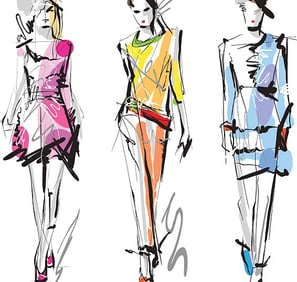

Vivienne westwood:
Although you may disagree on who should play Dame Vivienne Westwood, we can all agree that she would make an excellent subject for a biopic due of her extraordinary life and even more extraordinary talent. Let's face it: despite her background as a teacher, Westwood was also a real badass. Her design career undoubtedly continued to take a didactic approach, with her insightful lectures on topics such as environmentalism, history, philosophy, and culture.
Westwood, while creatively sparring with partner-in-crime Malcolm McLaren (before settling into a long-term relationship with him), pirates, platforms (who would play Naomi falling?), the monarchy, and heaving Fragonard corsetry, drastically redirected fashion through punk (dressing the Sex Pistols—no one could look at the safety pin the same way).
Imagine the conversation! Years ago, I had an interview with Westwood, and she arrived late—two hours late, on bicycle. Her PR informed me that she had been colouring her hair, and when she came, her hair was damp and bright red. Westwood greeted me with, "Seventeenth-century Venetian prostitutes used to dye their hair this colour." Combine this with the flamboyant atmosphere of a Britain that oscillates between the Swinging Sixties, the Swingeing Seventies, the Eighties (boo, hiss), and everything in between. This would be The Crown, only there was another British queen in charge.
Patrick Kelly:
In the past 20 years, it's possible that you've seen a retrospective of Vicksburg, Mississippi-based designer Patrick Kelly at the Brooklyn Museum or the de Young Museum in San Francisco. If so, you're in luck. Kelly tragically passed away from AIDS in 1990 at the age of 35, but his amazing accomplishments—among them being the first American designer to be elected into the Chambre Syndicale—stand in stark contrast to his tragic death. How lovely it would be to honour that and every other aspect of this outstanding designer on screen.
When Kelly arrived in Atlanta in the 1970s, he worked in design and engaged in upcycling, which at the time implied riding a bike up a hill. It was then that uber model Pat Cleveland discovered him and advised him to move to New York (which he did in 1979) and, if that didn't work out, to move to Paris (which he did in 1980). Kelly's career took off after he dressed celebrities like Grace Jones, Madonna, Cicely Tyson, Gloria Steinem (who spoke at his funeral), and Bette Davis (who looked amazing wearing Kelly on Letterman in April 1989) in his vibrant, flamboyant clothing, which was partly inspired by his upbringing in the South.
Kelly's all too brief life would serve as a poignant reminder of a Black designer who successfully challenged the then-dominantly hierarchical Paris fashion establishment. He told People magazine, "My message is: You're beautiful just the way you are," endorsing an inclusive style for himself. Critic Robin Givhan once observed that Kelly's Blackness was an undeniable and joyful part of his identity as a designer, saying, "Kelly was African-American, and that fact played prominently in his designs, in the way he presented them to the public, and in the way he engaged his audience." No other well-known fashion designer has had such a strong connection to his culture and race. Additionally, no other designer was as purposeful in exploiting both.
Barbara Hulanicki:
You don't need to Google her: Biba, the legendary 1960s London boutique founded by Barbara Hulanicki, eventually became a department store in a magnificent Art Deco building in Seventies London. There, customers could purchase not only her glamorous, voguish, Thirties-inspired clothes but also makeup, home goods, baked beans and other food items—all presented in the iconic black-and-gold packaging. Both employees and shoppers, including a few drag queens, were equally ferocious and fabulous. However, I should clarify that many of the people who waltzed through Biba's portals were stealing merchandise, which is part of an impending financial catastrophe.
What would be amazing to watch now is how Hulanicki's Biba, which featured pop culture heavyweights like Bowie, Bolan, and the New York Dolls, as well as a post-Sixties Twiggy, whose smoky eyes and Pre-Raphaelite hair would stare back at you from Biba's Sarah Moon-shot advertising campaigns, captured both the newly sexually liberated era of the early 1970s and the divine decadence of that time. (Depending on how accurate you believe the creators were, casting these people may be either sublime or terrifying.)
Being an emigrant herself, Hulanicki left her birthplace of Warsaw in 1936 and fled to Britain with her family. Her life continued to take unexpected turns. Following her bankruptcy, Biba moved to America where she began building hotels to great success. She remains to this day. A happy conclusion, then, is what everyone wants, right?
Alexander McQueen:
This one is a bit problematic, as it may go horribly wrong. How could the visceral quality of Lee Alexander McQueen's genius or the punkish, unafraid audacity of his clothing ever be adequately captured in a portrayal of his life? The Birds, a 1994 McQueen show in London, was the first official runway show I had ever seen. My boss didn't want to go, so I went in, and let me tell you, it was wild: A dilapidated setting would be the perfect complement to the clothes shredded, bodies Saran-wrapped, and alien-looking contact lenses all paired to a pulsating, grinding soundtrack. I adored it, but could you really capture that enchantment on film? Like that.
Nevertheless, this designer managed to overcome homophobic attitudes in Savile Row's tailoring establishment, worked his way up to work for Romeo Gigli in Milan, studied design at Central Saint Martins in London, met the late Isabella Blow, rocked London with major theatrical productions, got hired to go to Givenchy, then onto the Gucci Group, where he was signed by Tom Ford, and began showing in Paris with some of the most incredible spectacles. (Recall Kate Moss's hologram?)
That alone represents about ten years of existence and living. Tell me, are you not interested in watching a programme where, early on in the life of his label, McQueen shows his most recent collection to a friend and then heads out clubbing with him. However, he feels compelled to leave the collection buried outside the club, never to be seen again. I am certain that I do.
Paul Poiret:
Poiret, the designer who connected resplendent Paris in the 19th and 20th centuries, would make for an intriguing narrative, even though it might not seem like a natural option. (It was undoubtedly told brilliantly in Poiret: King of Fashion, a 2007 Costume Institute production.) Poiret created during some of the most turbulent periods in human history, living and working during both the First and Second human Wars, and she helped to determine what a modern fashion business could be.
From having the world at his feet in his early years to spending his final years as a street painter, his career followed a narrative arc that was as up and down as a rollercoaster. (That wasn't the only dramatic aspect of his life; according to all accounts, he had numerous extramarital affairs in addition to his marriage to Denise Boulet.) As his fame waned, the majority of the city's couture designers deserted him; nevertheless, Elsa Schiaparelli remained devoted and covered his funeral expenses.
There are two other reasons a Poiret biography would be fantastic: Firstly, imagine how exquisite the outfits would be, with their abundance of velvet, gilding and embroidery. Not to mention, Poiret was the original creator of high couture harem trousers. Additionally, history provides what is undoubtedly one of the most dramatic passages in the production: As Poiret descends, she encounters Coco Chanel, who is rapidly ascending to the pinnacle of fashion. She is wearing all black, so he gives her a sharp look. He smirks and asks, "Who are you mourning for?" Chanel responds, "For you, monsieur; for you." Play the final credits.
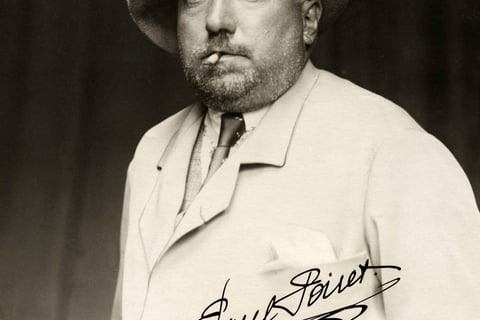

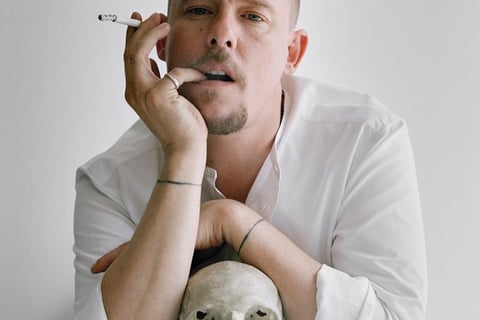

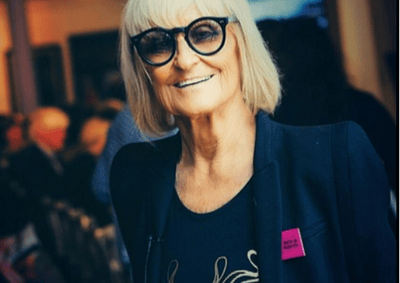

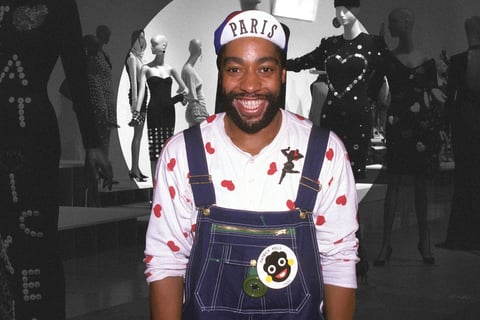

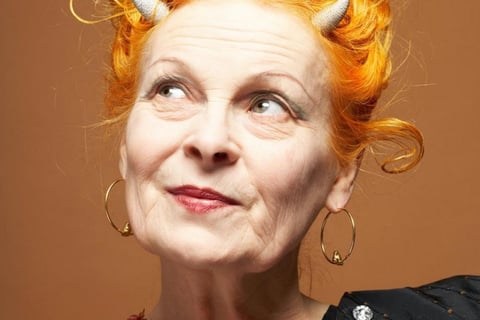

Contacts
Socials
Subscribe to our newsletter
+91 9508935878
Address - Laxamana nagar Sitamarhi Bihar INDIA 843302.
LEGAL ENTITY:- KK ENTERPRISES .COPYRIGHT 2024 ALL RIGHT RESERVED.

